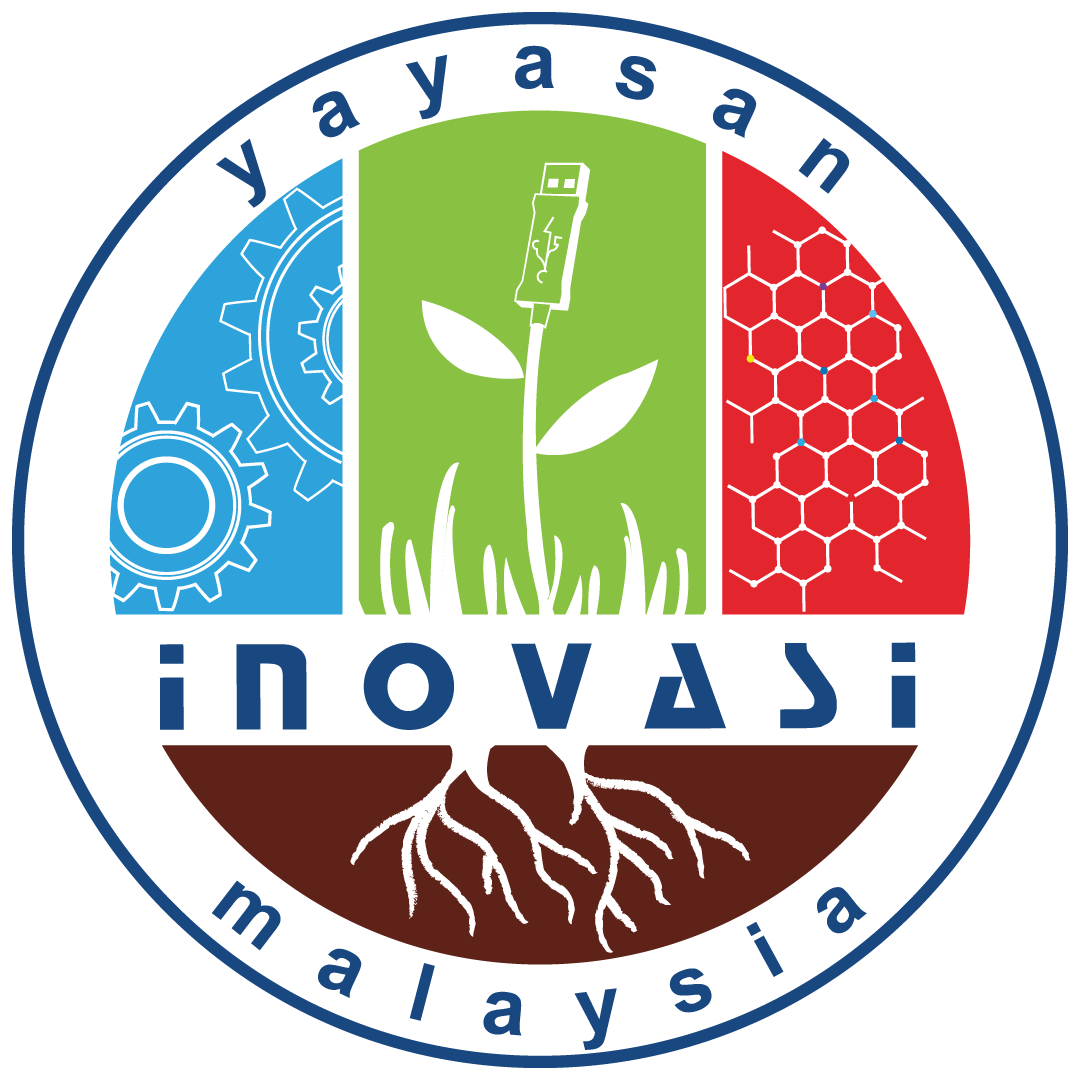Productivity
Affordable 3D Printer





Innovator
Mr. Ho Rui Jin
Sarawak, 2016
Thanks to computer numerical control (CNC) technology applications, three-dimensional (3D) printing machines are becoming increasingly popular, especially in this advanced era. Through computer software, users can design or create something in three-dimensional form and then print it using a specialized printer. While conventional printers can print images of flowers, a 3D printer can produce the flower itself. It functions by creating layer upon layer of plastic until the desired model shape is achieved. With machines like these, almost anything can be produced depending on the user’s creativity.
As with other CNC-based machines, 3D printers are sold at high prices. This is because their sales focus on the industrial sector involving large companies. Moreover, they are custom-built according to specific specifications based on orders. In the education sector, 3D printers have great potential to enhance students’ skills and knowledge. However, owning an industrial-scale 3D printer for teaching and learning purposes is unreasonable. Not only are they expensive, but the maintenance costs after the warranty period are also high. Additionally, their usage requires high expertise and continuous training to ensure smooth operation. This issue is gradually being addressed with the advent of compact-sized 3D printers. However, the prices offered are still unaffordable.
Facing this situation, Mr. Ho Rui Jin, a lecturer at Kuching Polytechnic, Sarawak, created an affordable 3D printer targeting the education sector. He realized the importance of 3D printers in the educational development that needs to be aligned with the current technological advancements. In Malaysia, technical schools and vocational colleges are directly involved in subjects related to technical fields that can benefit from 3D printing technology. Through related subjects, theoretical and practical lessons can be conducted. Additionally, with an affordable price, it can also attract individuals’ interest in owning this machine.
The 3D printer produced by Rui Jin is sold at RM1600 per unit. This price is significantly cheaper compared to existing market machines priced at RM3000 and can reach up to RM10,000 per unit. Because it is used for educational purposes, Rui Jin ensures that his machine can perform several basic functions well. Through a machine size of 320 X 320 X 280 (mm), he combines three functions: 3D printing, light-duty CNC milling, and PCB routing. In the market, typically each machine has only one main function. This means users need to acquire different machines to use different functions. These three functions can provide students with an experience of how large industrial main machines operate. Moreover, with this machine, educators and students can develop creativity to produce innovative products that benefit the public.
Among the other advantages offered by this 3D printer is that it uses open-source software which is not only free but can also be customized to the users’ level and needs. For educational purposes, it can be tailored to be user-friendly and can be supervised and maintained without requiring high expertise. This directly reduces maintenance costs, which usually involve large amounts of money.
Rui Jin’s innovation meets what is sought by the Malaysia Innovation Foundation (YIM) through the High Impact Program 6 (HIP6). Through HIP6, YIM seeks inclusive innovations that have market potential for targeted groups in need. In the education sector, access to the latest technology is still wide. This is due to the high costs and lack of expertise to handle it. For example, access to 3D printing technology, which is increasingly being used. Through Rui Jin’s creation, this gap can be reduced because, in addition to being affordable, it also offers good quality for educational purposes. Through this assistance, Rui Jin received a grant of RM200,000 to develop his machine. Through this fund, YIM helps him to patent the product for copyright purposes. With sufficient financial resources, 10 units of 3D printers have been successfully produced. Eight units of the machine were handed over to several selected schools. Rui Jin also provides advice to teachers and students on how to operate it. These first 10 units will provide valuable feedback for improving existing shortcomings. YIM ensures that the process of developing this machine runs smoothly through the grant provided. Product development also involves marketing segments so that the product can reach its target audience. YIM helps to provide a website, pamphlets, and various promotional spaces to introduce this machine to the public. Although the main focus is on the education sector involving schools and colleges, this affordable 3D printer also targets various other sectors and groups interested in the technical field. With an affordable price, this machine can stimulate the creativity and innovation of its users.
Inclusive innovation products like this always need to be developed. Products like Rui Jin’s 3D printer creation help reduce access gaps in the education sector involving the use of the latest technology. Through the HIP6 program led by YIM, affordable and quality inclusive innovations can be owned by less privileged groups.
